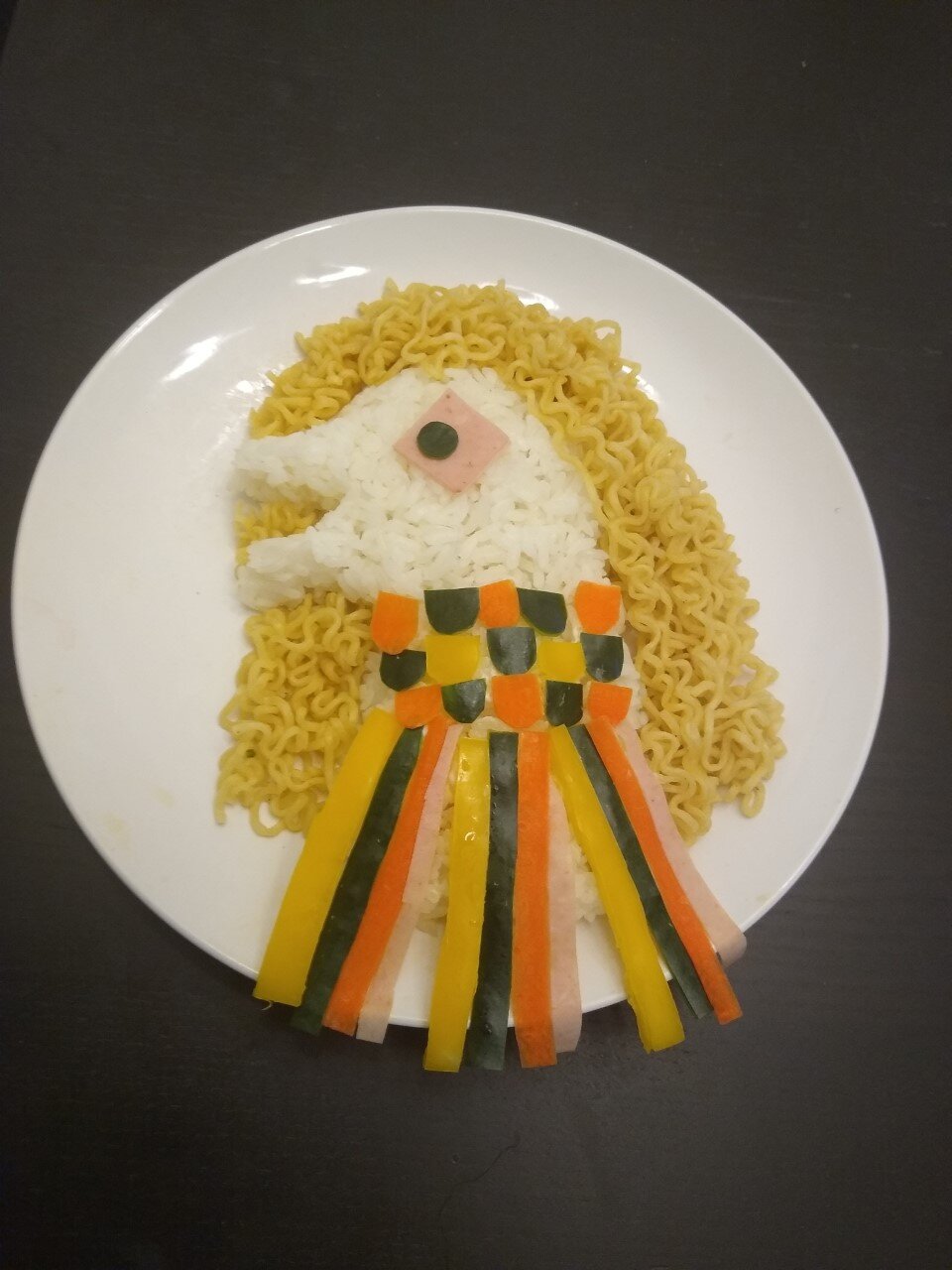Images created by JASH GEN-J Facilitator Keiko Tsubokura
For Week 9 of Kayo美 Kai, JASH invites you to create and share an ANA Paper Airplane in honor of National Paper Airplane Day.
Who is ANA?
All Nippon Airways (ANA) was founded in 1952 and has since become the largest 5-star airline in Japan, as well as one of the most significant airlines in Asia, operating 81 international routes and 120 domestic routes.
ANA has been servicing direct flights between Houston and Tokyo since 2015.
While flights have been suspended through the month of June, we look forward to the return of Service between Houston and Tokyo as soon as safely possible.
JASH is proud to count ANA as a friend and corporate member.
Materials to make an ANA Paper Airplane:
ANA Paper Airplane Template [click button on right to download]
Scissors
Glue
How to make an ANA Paper Airplane:
1. Carefully cut out each piece of the airplane.
2a. Assemble body parts and glue them together. (Each side consist of four parts)
2b. Be sure to leave the bottom tab free for use later.
3a. Take the two tail wing pieces and cut the slits partially down the middle of each.
3b. Glue the tail wings together so that the center slits align.
4a. Gather the main wings of your airplane.
4b. Glue the wings together so that the graphics align.
5a. Align the body of the airplane and the wings, folding the bottom tab to rest on the top of one of the wings.
5b. Glue the wings to the main body.
6a. Ensure that the tail of the airplane is secured before aligning the tail wings with the top fin.
6b. Glue the tail wings onto the fin.
7. Congrats! You are ready to fly ANA!
Share your ANA paper airplanes by emailing lhurley@jas-hou.org or tag us on social media with #Kayo美Kai.



















































































